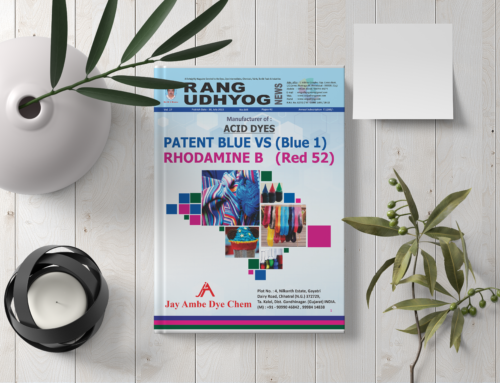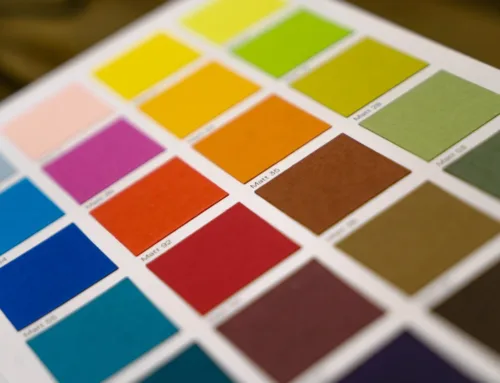The Importance of Dye Intermediates in the Manufacturing Process
Latest Articles
July 18, 2016
ADye intermediates play a crucial role in the manufacturing process of various industries, especially those involved in the production of textiles, plastics, and paints. These chemical compounds serve as essential building blocks in the creation of vibrant and long-lasting dyes. This article explores the significance of dye intermediates and their impact on the final product’s quality and colorfastness.
- Enhanced Color Development: Dye intermediates are responsible for providing a diverse range of vibrant colors to the final products. By combining different intermediates, manufacturers can create an extensive palette of shades to meet the demands of consumers. These intermediates undergo chemical reactions, resulting in the formation of dyes that exhibit excellent color development, brightness, and saturation. For example, in textile manufacturing, dye intermediates enable the creation of a broad spectrum of colors, ensuring that fabrics are visually appealing and attractive to customers.
- Improved Colorfastness: Colorfastness refers to the ability of a dye to retain its color even when subjected to external factors like light, washing, or exposure to various chemicals. Dye intermediates play a crucial role in enhancing the colorfastness properties of dyes, ensuring that the colors remain vibrant and durable over time. By incorporating specific dye intermediates into the manufacturing process, the resulting dyes exhibit superior resistance to fading or bleeding, even after repeated washing or exposure to environmental conditions. This aspect is particularly important in industries such as textile manufacturing, where colorfastness is a key factor in determining the quality and longevity of the product.
- Versatility in Application: Dye intermediates offer versatility in application across different industries. They can be utilized for coloring textiles, plastics, paper, leather, and even food products. The ability to adapt to various manufacturing processes and materials makes dye intermediates an essential component for achieving desired colors in a wide range of products. For instance, in the plastics industry, dye intermediates enable manufacturers to produce vibrant and customized colors for a variety of plastic products, including toys, packaging materials, and consumer goods. This versatility allows for greater product differentiation and enhances the overall visual appeal of the end products.
- Innovation and Sustainability: The development of new dye intermediates is essential for driving innovation in the dye industry. As manufacturers strive to meet consumer demands for more sustainable and eco-friendly products, the use of environmentally friendly dye intermediates becomes crucial. For instance, the introduction of bio-based dye intermediates derived from renewable sources reduces the environmental impact associated with traditional dye production. These sustainable alternatives help reduce pollution, conserve resources, and minimize the overall carbon footprint of the manufacturing process.
Conclusion: Dye intermediates play a vital role in the manufacturing process, enabling the creation of vibrant, long-lasting, and eco-friendly dyes. Their ability to enhance color development, improve colorfastness, offer versatility in application, and drive innovation makes them indispensable in various industries. Manufacturers should continue to invest in research and development to discover new and sustainable dye intermediates, leading to enhanced product quality and a more environmentally conscious manufacturing sector.
























